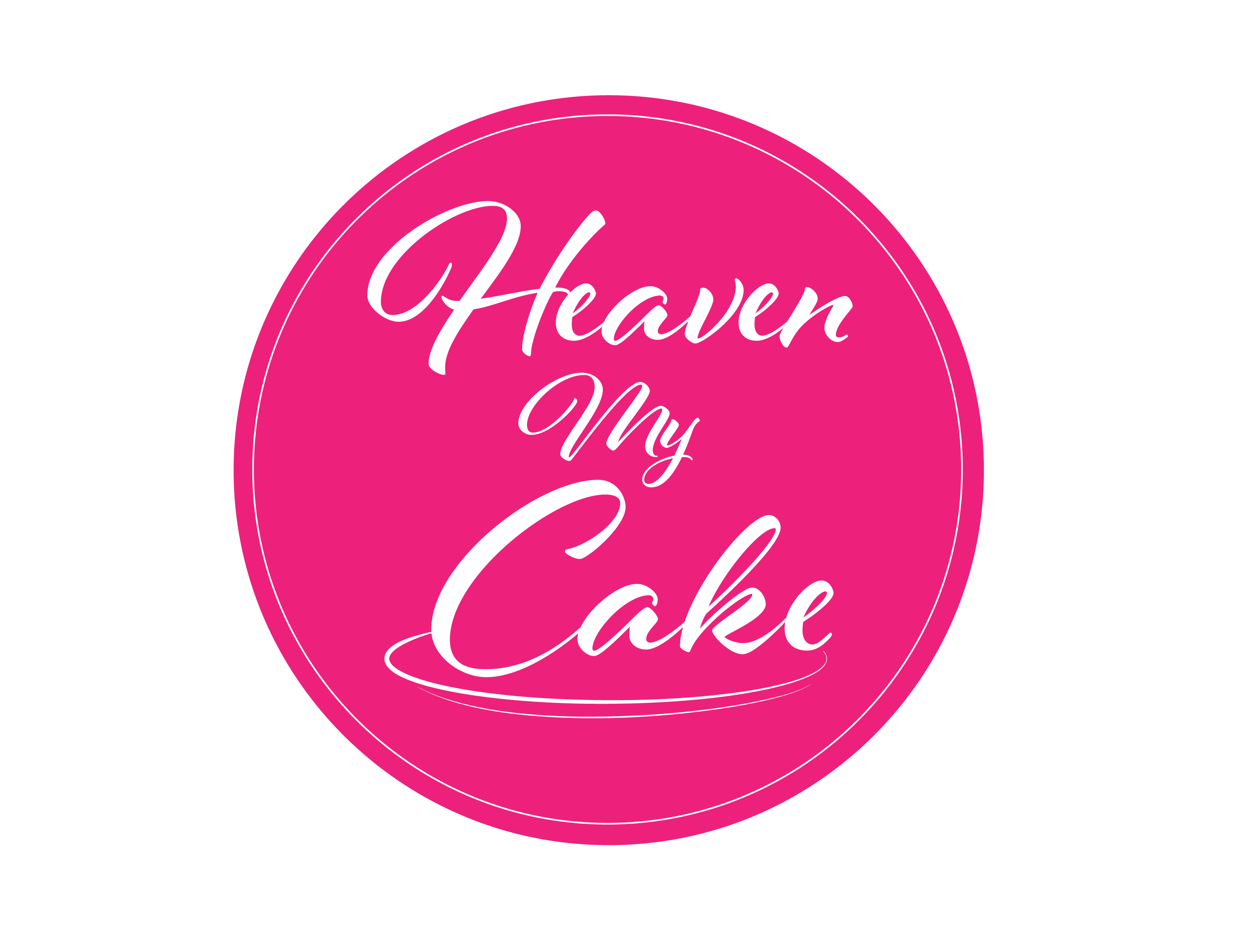When it comes to cake decorating, every detail matters, from the frosting to the finishing touches. One often overlooked aspect is choosing the right cake base. In this post, we’ll explore the two most popular options: cake boards and cake drums. Understanding the differences between these two can significantly impact the presentation and stability of your cake.
What Are Cake Boards?
Cake boards are thin, often made of cardboard, and come in various shapes and sizes. They are typically used for single-tier cakes and provide a simple, clean look.
Pros of Cake Boards:
- Lightweight: Easy to handle and transport.
- Cost-effective: Affordable and readily available.
- Customizable: Can be cut to any shape and covered with decorative foil.
Cons of Cake Boards:
- Limited Support: Not ideal for heavy or multi-tiered cakes.
- Less Durable: Can bend or warp under the weight of heavier cakes.
What Are Cake Drums?
Cake drums, on the other hand, are much thicker and more rigid. They are often made from multiple layers of cardboard or a dense foam core, covered with foil or decorative paper. Cake drums are typically used for heavier, multi-tiered cakes.
Pros of Cake Drums:
- Strong and Sturdy: Can support the weight of large or multi-tiered cakes.
- Professional Appearance: Adds a polished and professional look to your cake.
- Reusable: More durable and can be reused multiple times with proper care.
Cons of Cake Drums:
- Heavier: Adds more weight to your cake, making transportation a bit trickier.
- More Expensive: Generally more costly than cake boards.
When to Use a Cake Board
Use a cake board for lighter, single-tier cakes that don’t require much support. They are perfect for smaller birthday cakes, simple party cakes, or any cake that will be served immediately and doesn’t need to be transported over long distances.
When to Use a Cake Drum
Opt for a cake drum when working with heavier cakes or multi-tiered designs. If you’re creating a wedding cake or a large celebration cake that requires stability and support, a cake drum is the way to go. They are also ideal if you’re planning to transport the cake to a venue.
How to Decorate Your Cake Base
No matter which base you choose, decorating it can add an extra touch of elegance to your cake. Here are a few ideas:
- Cover with Fondant: For a seamless look, cover your cake board or drum with fondant that matches your cake’s color scheme.
- Use Decorative Foil: Choose from a variety of colored or patterned foils to wrap around the base.
- Add a Ribbon: Wrap a ribbon around the edge of your cake board or drum for a simple yet classy finish.
Quick Tips for Choosing the Right Base
- Consider the Weight: Always account for the weight of your cake. If in doubt, opt for a sturdier base to avoid any mishaps.
- Match the Size: Ensure your cake base is at least 2 inches larger in diameter than the cake itself. This provides a border for easier handling and decoration.
- Think About the Design: Choose a base that complements your cake’s design and the event’s theme. The right base can enhance the overall look of your cake.
- Plan for Transport: If you need to transport your cake, make sure the base you choose fits into your transportation box or container.
Choosing the right cake base is crucial for both the appearance and stability of your cake. Cake boards are great for lighter, single-tier cakes, while cake drums are perfect for supporting heavier, multi-tiered creations. By understanding the pros and cons of each option, you can make an informed decision that will elevate your cake decorating game.
For more in-depth tips and a visual guide, be sure to check out my YouTube video on this topic:
Join the Discussion
Have you ever faced challenges with cake bases? What’s your go-to choice for cake boards or drums? Share your experiences in the comments below or join our Facebook group here to connect with fellow cake decorators!

